Prior-based Domain Adaptive Object Detection for Hazy and Rainy Conditions
Vishwanath A. Sindagi*, Poojan Oza*, Rajeev Yasarla and Vishal M. Patel
European Conference on Computer Vision (ECCV) 2020, Glasgow, UK.
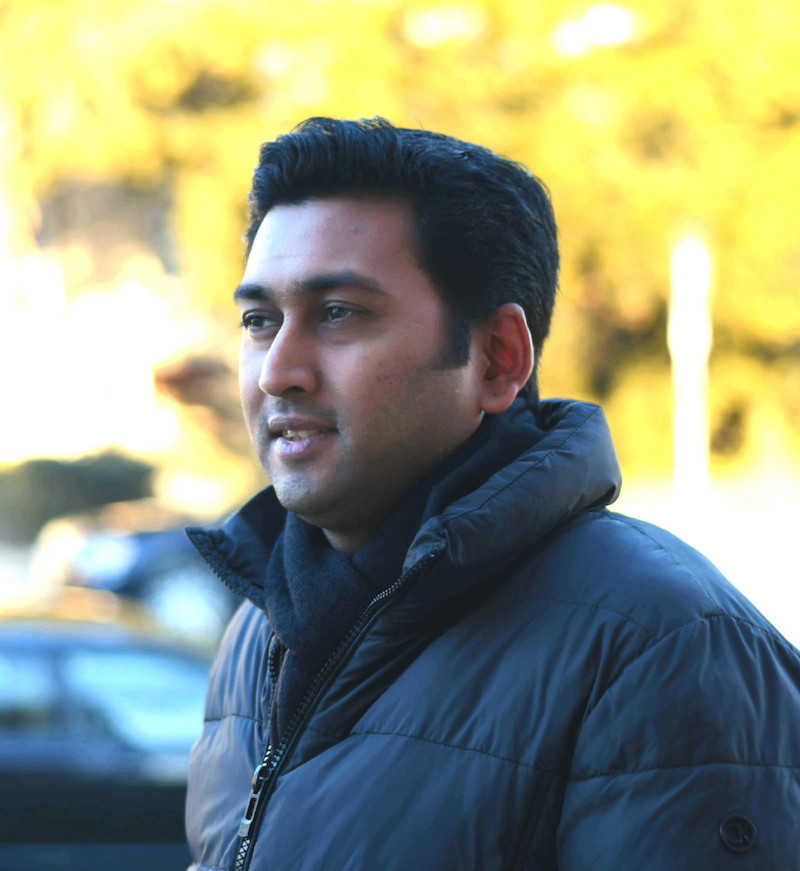
Email: vishwanathsindagi@jhu.edu
I am a final year PhD student in Dept. Of Electrical & Computer Engineering at Johns Hopkins University. I am being advised by Prof. Vishal M Patel. Prior to joining Johns Hopkins, I worked for Samsung R&D Institute-Bangalore. I graduated from IIIT-Bangalore with a Master's degree in Information Technology, where I was advised by Prof. Jyotsna Bapat.
My research is on computer vision and machine learning with a specific focus on crowd analytics, object detection, domain adaptation and image restoration.
download cvOur work on "crowd counting" accpepted at T-PAMI. The new dataset (JHU-CROWD++) can be downloaded "here".
Our work on "Domain Adaptive Object Detection" and "Semi-supervised Crowd Counting" is accepted at ECCV 2020.
Joined Facebook AI as Research Intern.
Our work on "Overcomplete Representations for Medical Image Segmentation" is accepted at MICCAI 2020.
Our work on "Transfer Learning for Image Deraining" is accepted for oral presentation at CVPR 2020.
Our work on "Inverse Attention-based Crowd Counting" received the best paper award at AVSS 2019.
Our work on "Pushing the Frontiers of Crowd Counting: New Dataset and Benchmark Method"
and "Multi-level Bottom-Top Top-Bottom Fusion for Counting" accepted at ICCV 2019.
Joined Apple AI Research group as a research intern.
Our work on "GAN-based face synthesis from landmarks" received the Best Student Paper Award at ICPR 2018.
Joined Apple AI Research group as a research intern.
Our work on "image dehazing" achieved the top position at NTIRE Dehazing Challenge CVPR 2018.
Our work on "Multi-task learning for Crowd Counting" received the best paper award at AVSS 2017.
Our work on "Contextual-Pyramid CNNs for Crowd Counting" accepted at ICCV 2017.
Single image-based crowd analytics is plagued with several issues such as occlusion, variations in scale and appearance. We develop novel CNN-based methods such as contextual pyramid CNNs, multi-level fusion scheme, uncertainty aware residual learning, etc to address several of these issues.
Single image-based crowd analytics is plagued with several issues such as occlusion, variations in scale and appearance. We develop novel CNN-based methods such as contextual pyramid CNNs, multi-level fusion scheme, uncertainty aware residual learning, etc to address several of these issues.
Check my projects:
Learning to Count in the Crowd from Limited Labeled Data JHU-CROWD++: Large-Scale Crowd Counting Dataset and A Benchmark Method Pushing the Frontiers of Unconstrained Crowd Counting: New Dataset and Benchmark Method Multi-Level Bottom-Top and Top-Bottom Feature Fusion for Crowd Counting Inverse Attention Guided Deep Crowd Counting Network HA-CCN: Hierarchical Attention-Based Crowd Counting Network A Survey of Recent Advances in CNN-based Single Image Crowd Counting and Density Estimation CNN-based Cascaded Multi-task Learning of High-level prior and Density Estimation for Crowd Counting Generating High-quality Crowd Density Maps using Contextual Pyramid CNNsWeather conditions such as rain and haze corrupt the image quality, resulting in deterioration of downstream computer vision algorithms. We design specialized CNN networks and loss functions that leverage mathematical models of image degradation to tackle such degradations.
Weather conditions such as rain and haze corrupt the image quality, resulting in deterioration of downstream computer vision algorithms. We design specialized CNN networks and loss functions that leverage mathematical models of image degradation to tackle such degradations.
Check my projects:
Syn2Real Transfer Learning for Image Deraining using Gaussian Processes Image De-raining using a Conditional Generative Adversarial Network Joint Transmission Map Estimation and Dehazing using Deep Networks Multi-scale Single Image Dehazing using Perceptual Pyramid Deep NetworkDeep networks perform poorly when used on samples that have a distributional shift as compared to that of training samples. We develop unsupervised domain adaptation techniques to adapt networks to different domains for several applications like detection, crowd counting, etc.
Deep networks perform poorly when used on samples that have a distributional shift as compared to that of training samples. We develop unsupervised domain adaptation techniques to adapt networks to different domains for several applications like detection, crowd counting, etc.
Check my projects:
Prior-based Domain Adaptive Object Detection for Hazy and Rainy Conditions Domain Adaptation for Automatic OLED Panel Defect Detection using Adaptive Support Vector Data DescriptionObject Detection is a critical component in computer vision pipelines like face recognition and autonomous navigation algorithms. We focus on several aspects such as tiny object detection, domain adaptive object detection and fusion architectures for 3D object detection.
Object Detection is a critical component in computer vision pipelines like face recognition and autonomous navigation algorithms. We focus on several aspects such as tiny object detection, domain adaptive object detection and fusion architectures for 3D object detection.
Check my projects:
Prior-based Domain Adaptive Object Detection for Hazy and Rainy Conditions MVX-Net: Multimodal VoxelNet for 3D Object Detection DAFE-FD: Density Aware Feature Enrichment for Face Detection Pushing the Limits of Unconstrained Face Detection: a Challenge Dataset and Baseline ResultsMy research interests lie in the intersection computer vision and machine learning algorithms for several practical applications such as object detection/counting, domain adaptation, image restoration, etc.
Face synthesis is crucial for several biometric applications such as face forensics, data augmentation for facial recognition algorithms. We design novel loss functions based on generative adversarial networks for translating between faces and sketches/landmarks.
Face synthesis is crucial for several biometric applications such as face forensics, data augmentation for facial recognition algorithms. We design novel loss functions based on generative adversarial networks for translating between faces and sketches/landmarks.
Check my projects:
GP-GAN: Gender Preserving Gan for Synthesizing Faces from Landmarks High-quality Facial Photo-Sketch Synthesis using Multi-Adversarial Networks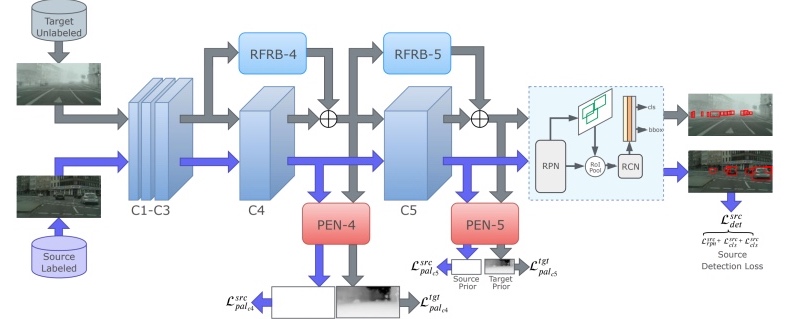
Vishwanath A. Sindagi*, Poojan Oza*, Rajeev Yasarla and Vishal M. Patel
European Conference on Computer Vision (ECCV) 2020, Glasgow, UK.

Vishwanath A. Sindagi, Rajeev Yasarla, Deepak Sam Babu, R. Venkatesh Babu and Vishal M. Patel
European Conference on Computer Vision (ECCV) 2020, Glasgow, UK.
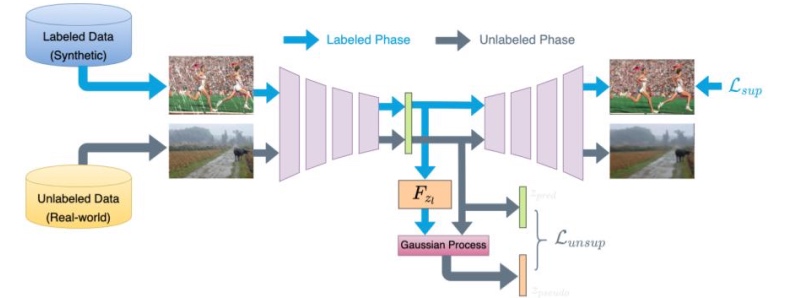
Rajeev Yasarla*, Vishwanath A. Sindagi* and Vishal M. Patel
IEEE International Conference on Computer Vision and Pattern Recognition (CVPR) 2020, Seattle, USA.

Vishwanath A. Sindagi, Rajeev Yasarla and Vishal M. Patel
IEEE International Conference on Computer Vision (ICCV) 2019, Seoul, South Korea. / IEE Transactions on Pattern Analysis and Machine Intelligence (T-PAMI)
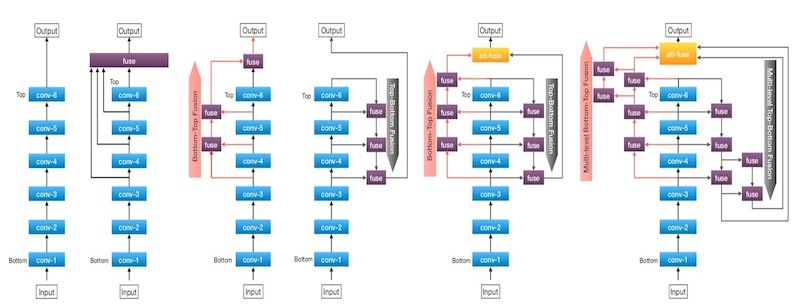
Vishwanath A. Sindagi and Vishal M. Patel
IEEE International Conference on Computer Vision (ICCV) 2019, Seoul, South Korea.

He Zhang, Vishwanath A. Sindagi and Vishal M. Patel
IEEE Transactions on Circuits and Systems for Video Technology (TCSVT) 2019.
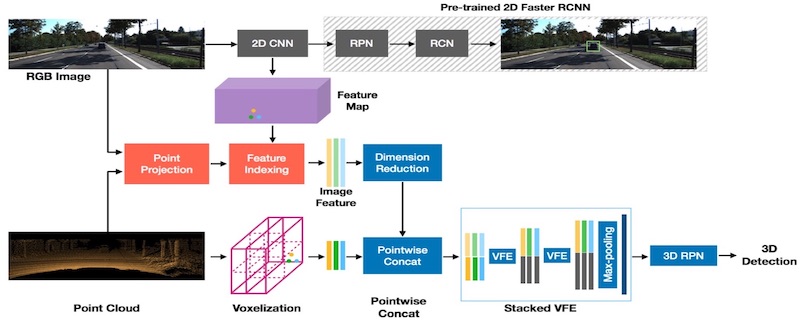
Vishwanath A. Sindagi, Yin Zhou and Oncel Tuzel
IEEE International Conference on Robotics and Automation (ICRA) 2019, Montreal, Canada.

Xing Di, Vishwanath A. Sindagi and Vishal M. Patel
IEEE International Conference on Pattern Recognition (ICPR) 2018, Beijing, China.
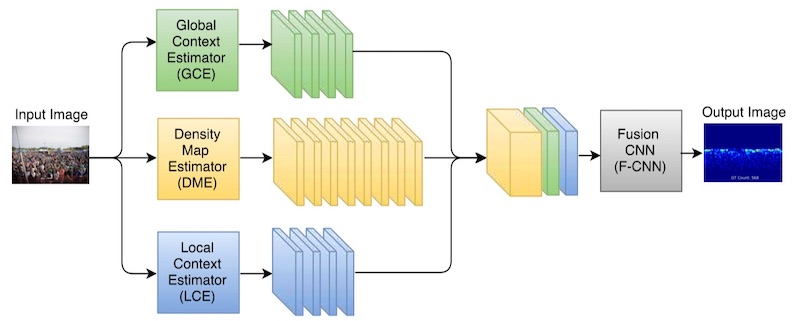
Vishwanath A. Sindagi and Vishal M. Patel
IEEE International Conference on Computer Vision (ICCV) 2017, Venice, Italy.